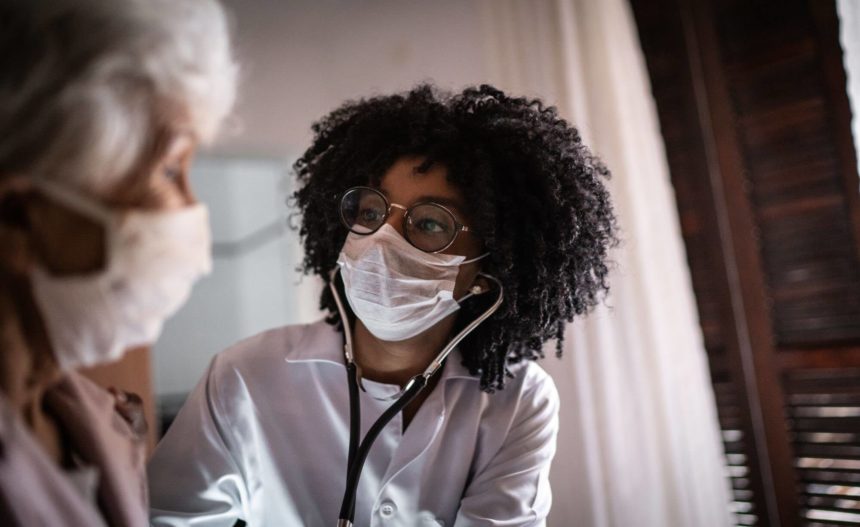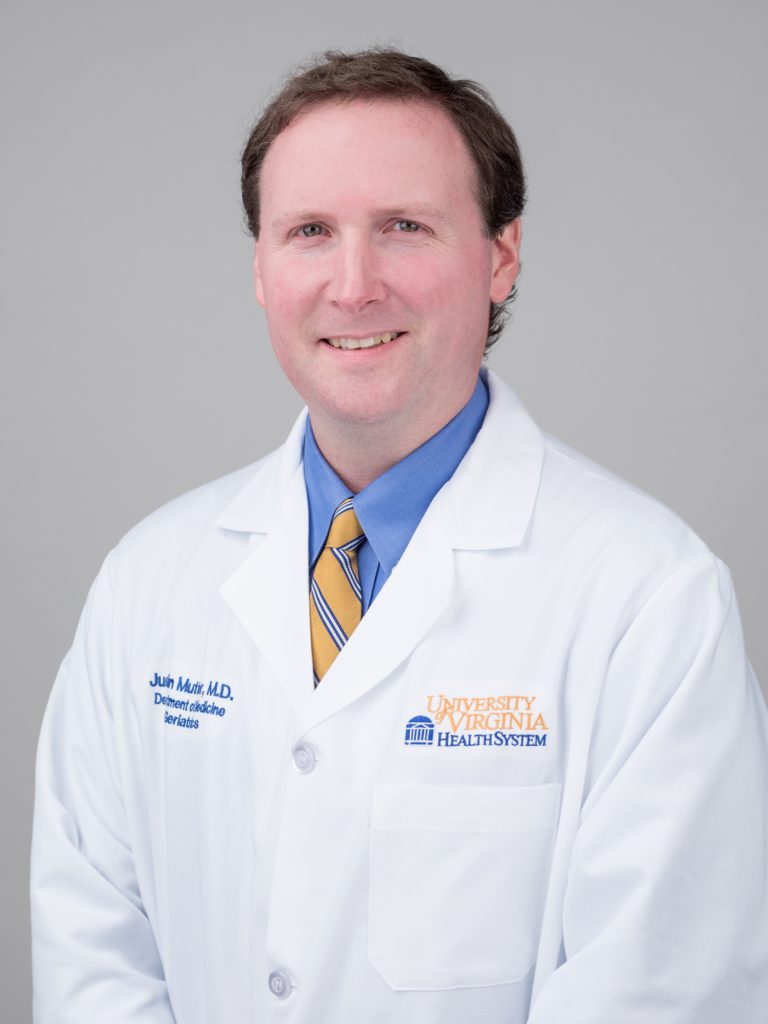
Medicare and private insurers must quickly transition to a value-based-care payment model to meet the needs of an aging population, the head of Geriatric Medicine at the University of Virginia (UVA) told McKnight’s Home Care Daily.
Justin Mutter, M.D., said the fee-for-service model must be scrapped because it doesn’t align with the needs of older, sicker patients.

“The care many of these patients need is very labor-intensive, and the individuals who really benefit most from home-based medical care are those who are homebound with lots of medical concerns,” he said. “Many are living with dementia.”
House call program
Mutter has seen the problem up-close. Last summer, he helped launch UVA’s Virginia at Home, a primary care program that makes house calls to older, frail patients. The program is funded by the university and philanthropic donations. But Mutter said his program and others like it “need to find ways to finance that care through better and more meaningful ways.”
UVA Medical School’s Division of Geriatric Medicine recently completed a study, which found modest but steady growth in home-based primary care across the U.S. between 2012 and 2016. While only about 15% of frail, elderly patients receive in-home medical care, Mutter thinks demand for will skyrocket as the nation’s 70 million baby boomers age.
He said in-home care can reduce costly hospitalizations and emergency room visits, but it isn’t profitable for physician groups.
“You’re in the car a lot. You’re seeing half the number of patients that someone sees in an office-based practice. That is just not conducive to the fee-for-service model,” said Mutter.
Telehealth as enhancement
Mutter said many homebound patients have benefited enormously from telehealth during the pandemic, but he warned that telehealth should supplement in-home care for the sickest patients, not replace it.
“The beauty of the house call is that it really tears back the veil on what is really real in someone’s life experience. When we cross that threshold, it is the patient and the family who are in charge. We learn what is most important to them and that helps us understand how to best serve them,” Mutter said.




